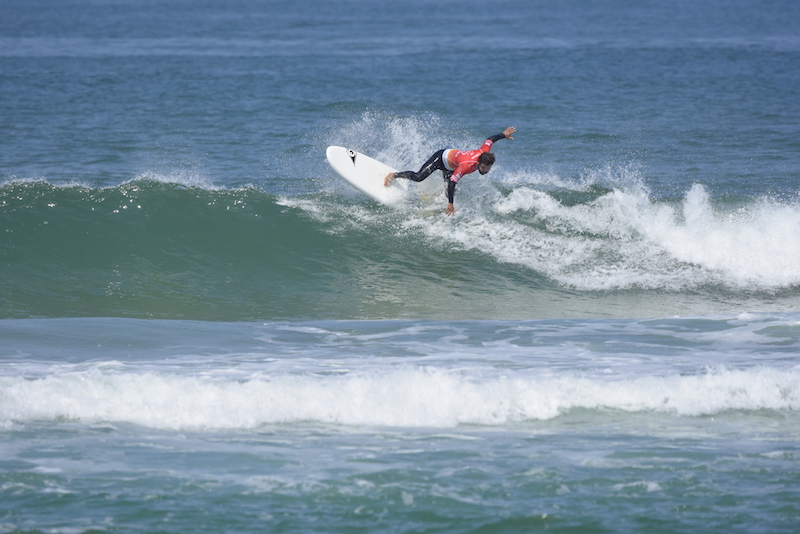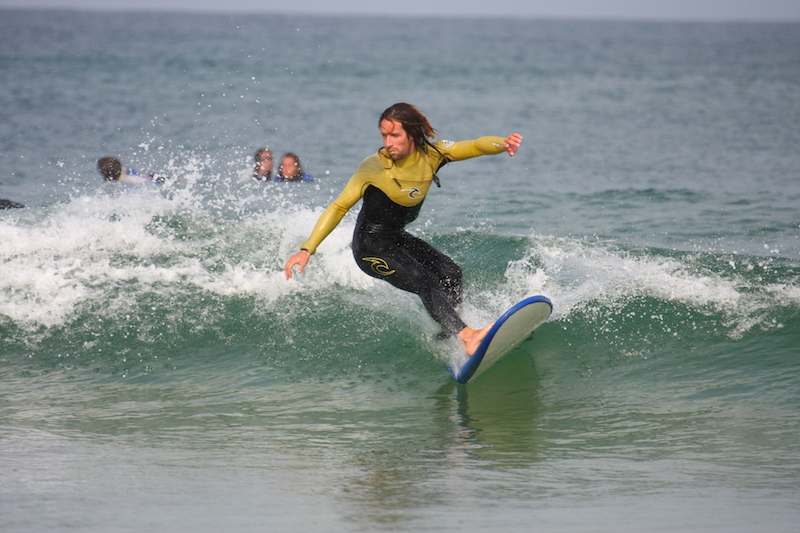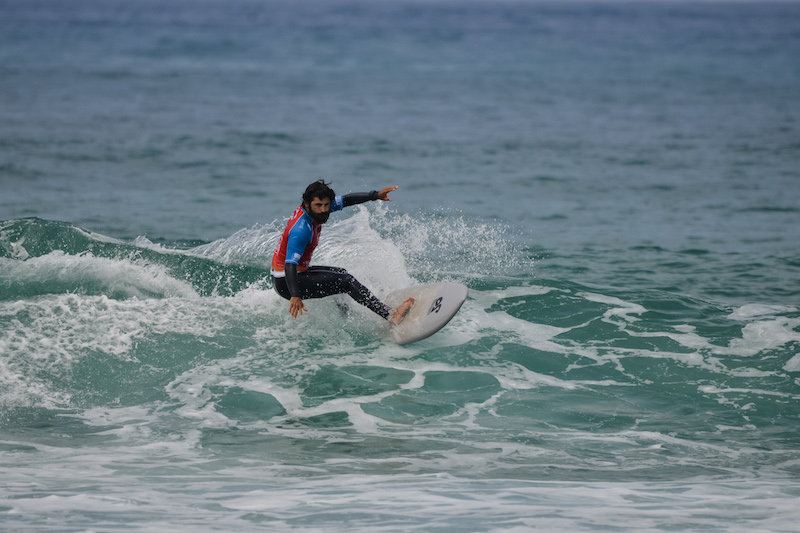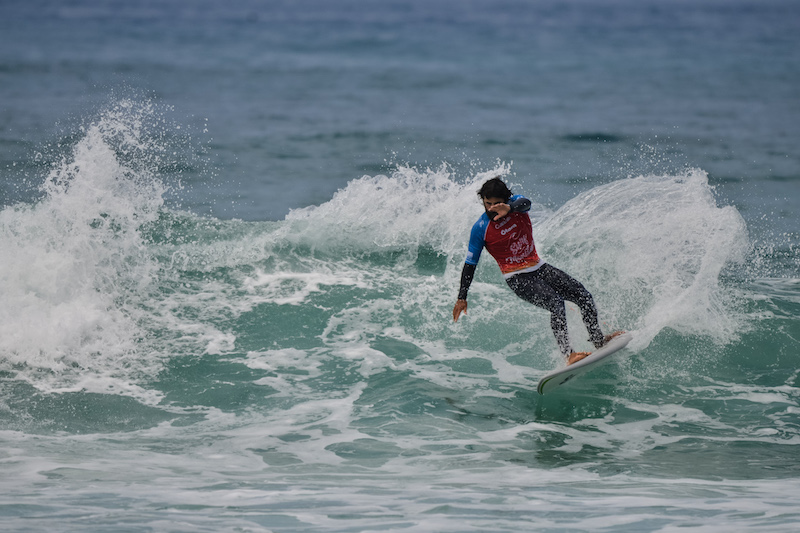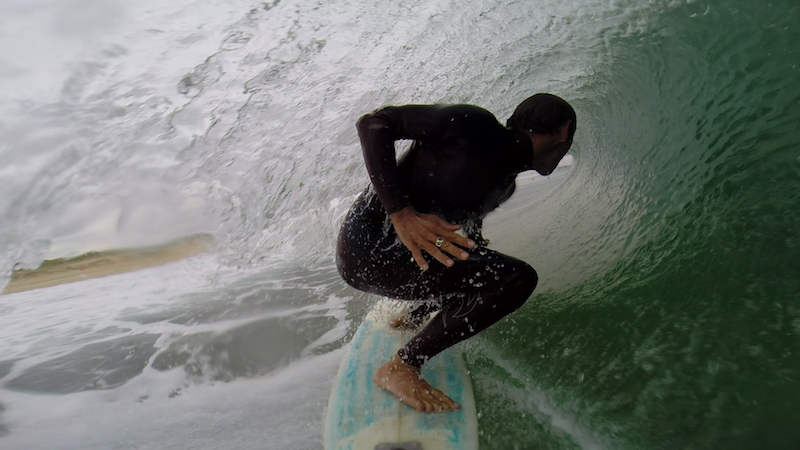BASIC SURF MANEUVERS

TAKE OFF :
The start on a wave that did not break. Requires speed and timing to be at the right time in the right place, where the wave begins to break. Its difficulty will depend on the type of wave, the more the wave is hollow the more the recovery will have to be fast and sure.
You have to adapt to the slope of the wave by putting the board flat on it.
Accept to go in the wave, feel the acceleration and the power of the ocean one of the best sensations of surfing !!!
BOTTOM TURN :
The start on a wave that did not break. Requires speed and timing to be at the right time in the right place, where the wave begins to break. Its difficulty will depend on the type of wave, the more the wave is hollow the more the recovery will have to be fast and sure. You have to adapt to the slope of the wave by putting the board flat on it.
Accept to go in the wave, feel the acceleration and the power of the ocean one of the best sensations of surfing !!!

ROLLER :
The turn at the top of the wave. You must put the board back towards the bottom of the wave so as not to lose it. The closer the roller skates to the surge, the more difficult it is to control. There are a few variations of the turn at the top of the wave: the ROLLER-REENTRY which consists of carrying out your roller directly on the face of the wave that closes.
CUT BACK :
Functional maneuver which aims to return to the breaking of the wave. Technical because you have to chain 2 turns, one to come back the other to get back in the right direction.
FLOATER :
Maneuver used to pass a fast section of the wave or on a closing wave. It’s a question of putting your board on the lip of the wave and floating on it as long as there is enough speed before letting yourself descend. Maneuver which becomes engaged in waves of more than 2 meters.
TUBE :
The grail of surfing. Become one with the wave, get covered by the lip, surf the inside of the wave and manage to get out of it. Once you know how to follow a wave it is quite possible to take a tube but in general it requires a great knowledge of the waves and good support on your board. A unique experience !!!
DUCK (duck dive):
This consists of diving your board under the wave so as not to be too slowed down when passing the bar. Getting to dive deep at the right time are the keys to a successful duck.
TRICKS
new maneuvers
SNAP :
As a variant of the cut back, the board is turned sharply by pushing hard on the back without slipping. Lots of splash but be careful not to lose all of its speed.
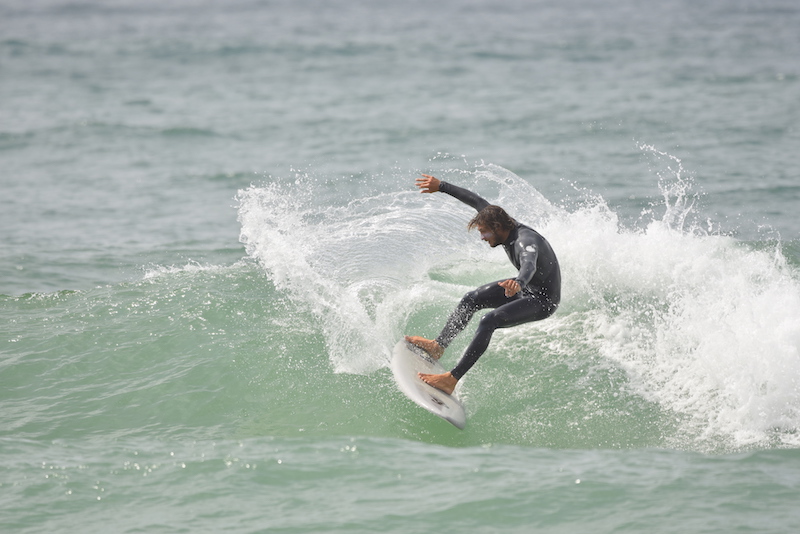
TAIL SLIDE :
Variant of roller, consists of skidding the tail of the board. Requires a lot of speed.
360 :
Make a full rotation with his board on the wave. You need speed and a good transfer of support from front to back.
SWITCH FOOT :
Surf the wave by changing your foot position. Instead of having the left foot in front (regular) we put the right foot the same if we have the right foot in front (goofy).
AIR :
The wave serves as a springboard. Once in the air the number of figures only depends on the imagination and skills of the surfer. The airs are suddenly on the figures where all the sliding sports meet, besides many figures have the same names from skateboarding or snowboarding. Example: air grab one hand, One of the great difficulties of the air and to manage to land in the wave and to continue to follow it.
LONGBOARD SPECIAL

NOSE RIDING: consists of advancing as far as possible on the front of the board while following the wave.
HANG FIVE: put one foot on the tip of the nose of the board
HANG TEN: put both feet on the tip of the nose of the board
POIRIER: run a pear tree on the board
SPINE: take a spin on yourself.
CHEATER FIVE: surf in a squatting position on the front third of the board.
COFFIN RIDE: the surfer is lying on his back
IRON CROSS: foot joined on the board, arms crossed.
WALK ON THE BOARD: walk on the board, not chasing or add difficulty by crossing your legs
BUDDHA: surf in Buddha meditation position






